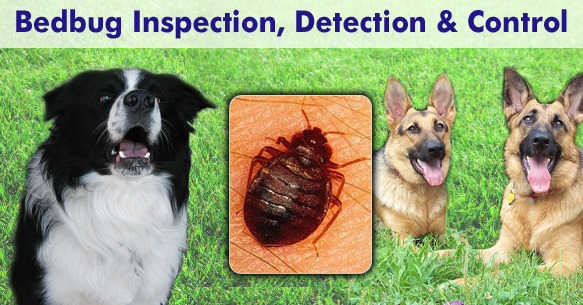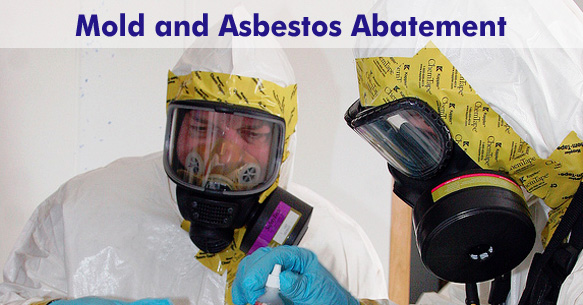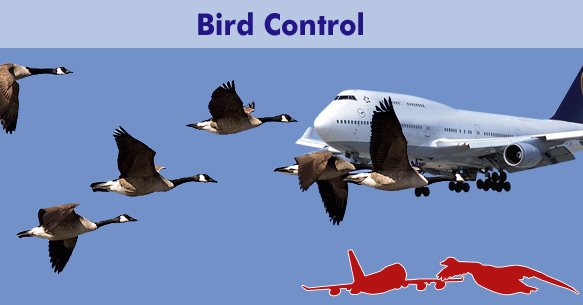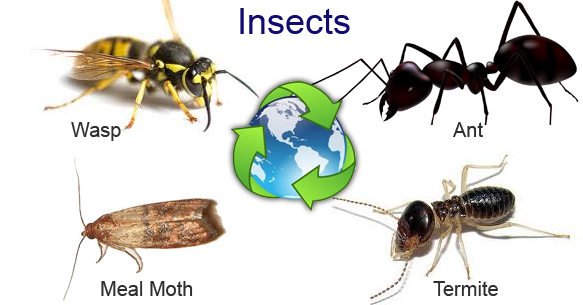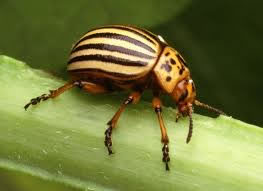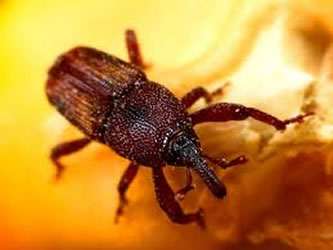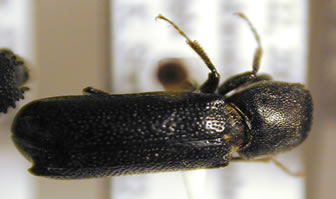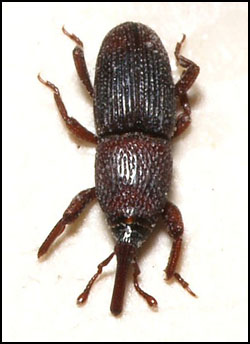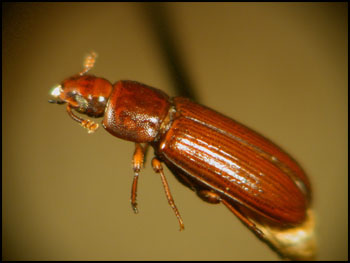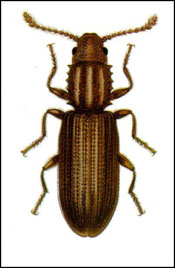
FALL Pest Problems
SUMMER Pest Problems
24/7 Pest Control Service
Integrated Pest Management
Pest Control Products
Pantry Pests

The Nimby Advantage
- TRUE 24 hour service! Answered by a Nimby professional not an answering service.
- Professionally trained pest and wildlife control workers.
- Personalized service. We will tailor your pest or wildlife control measures to your individual situation.
- The Nimby guarantee. We will ensure your 100% satisfaction every time.
Site Links
Pest Identification
About Nimby
Nimby Education Centre
- Airport bird hazard risk assessment process.
- Nimby bird repellers, devices and aversion.
- Certified traps - AIHTA Implementation.
- Protecting your family and pets from rabies (MNR document).
- Bedbug fact sheet (City of Toronto)
- Avoiding bedbug hitch hickers.
- Pest Control Products Act.
- Nimby Fact Sheet - Preparation for Cockroach Treatment.
- Ontario Pesticides Act.
We Control:
Ants, Ant nests, Ask the experts, Bats, Beatles, Bedbugs, Bees, Bee Stings, Birds, Booklouse, Box Elder Bugs, Carpenter Ants, Carpet Beetles, Canadian Pest Management Association, Carpenter ant photos, Carpet beetles, Centipedes, Choosing a pro, Clothes moths, Clover Mites, Cockroaches, Controlling pests, Crows, Finding a Pro, Fleas, Flies, Gnats, Grain beetles, Geese, Gulls, Hantavirus, Home page, Index page, Insects, I.P.M. , Ladybugs, Mice, Millipedes, Moles, Moths, Mold, Other pests, Pantry Pests, Pest pro Associations, Pharaoh Ants, Phorid Flies, Pigeons, Pill Bugs, Powder post beetles, Psocid, Raccoons, Rats, Real Estate & Pests, Red-winged Blackbird, Rodents, Sea-gulls, Skunks, Spiders, Snakes, Sow Bugs, Starlings, Supplies for pest control, Termites, Wasps, Wasp Stings, Wasp Traps, Weevils, Wildlife pests, Wildlife control products
Service Areas
Nimby Pest Management offers Wildlife, Pest, Bird and Animal Control and Control and Removal throughout Ontario. Our Bird Control and Animal Control Services are available in Acton, Ajax, Barrie, Brampton, Burlington, Caledon, Georgetown, Guelph, Hamilton, Kitchener, London, Markham, Milton, Mississauga, Newmarket, Niagara Region, Oakville, Orangeville, Oshawa, Ottawa, Peterborough, Richmond Hill, St. Catharines, Scarborough, Toronto-Central West, Toronto-Central East, Toronto-Etobicoke, Toronto North York, Vaughan, and Whitby. We also serve all Canadian Provinces and most of the U.S. Please contact us for more information.

